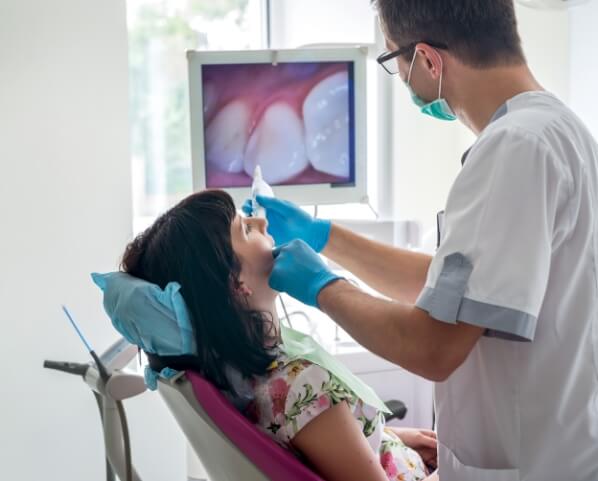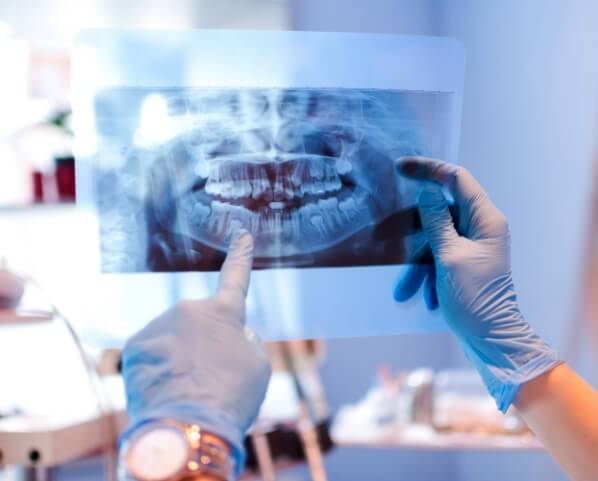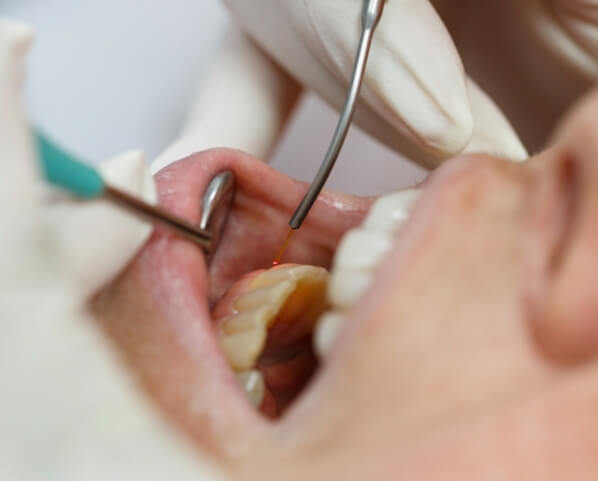Advanced Dental Technology – Inver Grove Heights, MN
Modern Advancements For Improved Patient Experiences
Traditional dental instruments, equipment, and technology still exist in many dental offices throughout the country, and they’re still effective in treating patients with all types of oral health problems. However, they lack the comfort, precision, and accuracy that many of the more advanced solutions now offer. At G2 South, we are pleased to stay abreast of the latest dental technologies, offering an improved experience to our patients. From intraoral cameras and digital X-rays to a soft tissue laser that minimizes bleeding, swelling, and infection, you can expect top-of-the-line innovation when entrusting us with your smile.
Intraoral Camera

Listening to your dentist explain what is happening inside your mouth is no longer the course of action in our dental office. Instead, we use our Mouthwatch intraoral camera to show you exactly what we see when examining your smile. Whether it is a small area of decay or concerns pertaining to potential gum pockets, we can easily show you in real-time so that you can better understand how to take care of your smile as well as the importance of professional treatment if necessary.
Digital X-Rays

With the advancements in radiograph technology, one of the most popular diagnostic solutions used in dental offices today is Cleo Sensors digital X-rays. Unlike traditional scans that not only used harsh chemicals to develop but also took up much of a patient’s appointment time, these new X-rays take only seconds to develop and can easily be stored for quick retrieval in the future. Not to mention, they are safer for patients and staff because they emit far less radiation.
Soft Tissue Laser

When treating gum disease, laser therapy can be one of the most beneficial forms of treatment. With our diode laser, we can easily maneuver your soft oral tissues to target infected areas of the gums without touching any healthy tissue nearby. Not only does the laser allow for minimized bleeding and swelling, but it also reduces the risk of infection, so there is less chance of complications after treatment.
About Us Meet the Dentist Meet the Team Tour Our Office View Our Services




